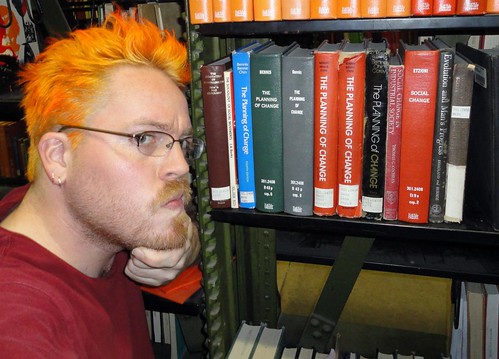

Every blogger knows it. An all-text blog gets as bypassed as the US Congress for being black-and-white dull, bland and boring. Strong and appropriate images, on the other hand, get you noticed by Google for ranking, give you almost double the number of views and instantly make your blog more visually appealing and engaging.
But before you indiscriminately begin grabbing photos from the internet and posting them on your website, know the law about using images on your blog post other than your own. There have been cases where bloggers were sued for copyright infringement and had to pay a hefty amount for unknowingly using a copyrighted image on their blogs.
Luckily for us who haven’t had that nasty experience (but who knows, our old blog posts, when we didn’t know any better, may come back to haunt us,) these bloggers were kind enough to share their stories to warn us about not making the same mistake. The most common error of bloggers concerning photos is…
Using an image from the Web
Who hasn’t done a Google image search and grabbed a photo to use on a blog post? Businesses, especially, need their own blog to promote their products or services. But if the image used just happens to be registered at the US Copyright Office and the owner happens to see it and make some money out of you, you’re in trouble. There are software that search web pages with a fine-tooth comb for copies of copyrighted material and, sooner or later, it will come upon yours.
To avoid a copyright infringement lawsuit or receive a DMCA (Digital Millennium Copyright Act,) avoid using images from Google, images found in other blogs, websites and social media sites, memes, stock photos without paying for and crediting them, and copyrighted property. Use only images with a royalty-free license or a Creative Commons license like what you can find in Flickr but double check to make sure that the person who uploaded it is the real owner. Website owners have been slapped with a lawsuit for using a Creative Commons photo. It turned out that the photo belonged to another person, not the one who uploaded it to a CC license. There’s no excuse for this and you will still be liable for using the picture. To stay safe, use a tool to do a reverse image search for a CC-licensed photo. If it’s on a stock photo website, it’s best not to use it. Ironically, the reverse image search engine is how owners of copyrighted photos or their staff find the infringers.
Fair Use…is it really fair?
The law on fair use is ambiguous at best. Many website owners and bloggers realized this too late and no amount of explaining, apologizing and taking down the image in question could exonerate them of the liability. A portion of the law on fair use includes,
“In determining whether the use made of a work in any particular case is a fair use the factors to be
considered shall include— (1) the purpose and character of the use, including whether such use is of a
commercial nature or is for nonprofit educational purposes;”
(http://www.copyright.gov/title17/92chap1.html#107)
It does not specifically exempt a non-commercial blog from liability and a Los Angeles Criminal Lawyer says that criminal liabilities are possible under certain conditions. Many bloggers have been victims of the implementation of the policies regarding fair use, with financial penalties. Fortunately, if it can be called that, no one went to prison since malicious intent, monetary gain or defamation were not involved.
The good news is, there are sites that offer images that you can safely and legally use. In a generous gesture, Getty now allows the use of 35 million of its images for free. By using an embed tool, you can drop an image and it is automatically credited to Getty and linked to its licensing page.
Image source:
benjamin sTone. “Image I used in a PowerPoint presentation about copyright.” Photo. https://farm7.staticflickr.com/6136/6026599430_cf2778606d.jpg 29 July 2011. 02 Mar 2015
Originally posted on March 2, 2015 @ 2:41 pm